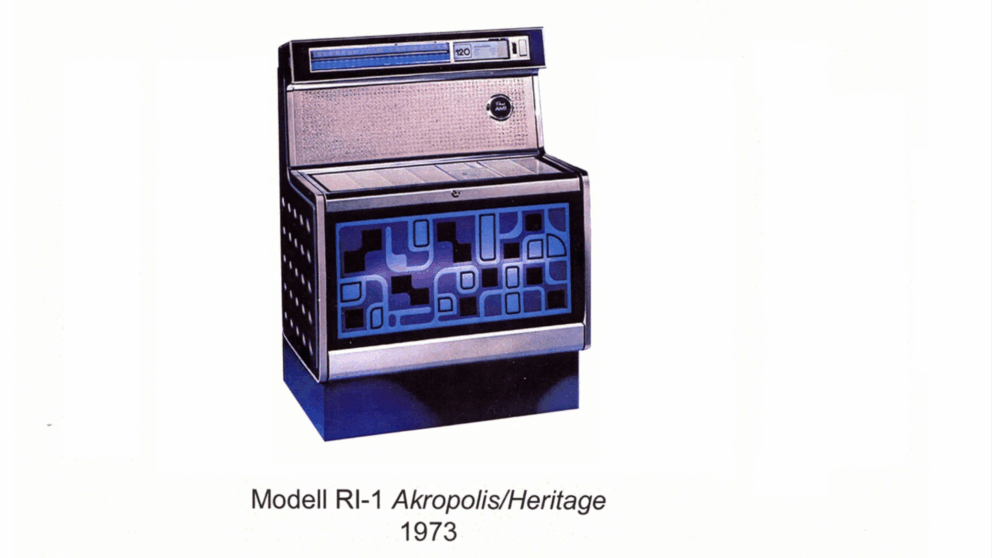
Local Jukeboxes and International Media Conglomerates
Text: Heikki Uimonen; Picture: Rowe Service Manual In the 1970s, Nauvo had one licensed venue where you could enjoy a few drinks with friends and spend the evening out. As in many other small Finnish municipalities, it was a bar located in a local service station. What made Nauvo special was that, if you lived […]

Ethnography on Mediation: Musica Mobilis and Sonic Effect
Text: Heikki Uimonen The SOMECO research team organised a soundscape workshop at Nauvo Library on 4 June. We were well rehearsed and prepared to present the project to the audience in Swedish and Finnish, and to play recordings of previous studies carried out 25 years ago. Above all we were also very much looking forward […]
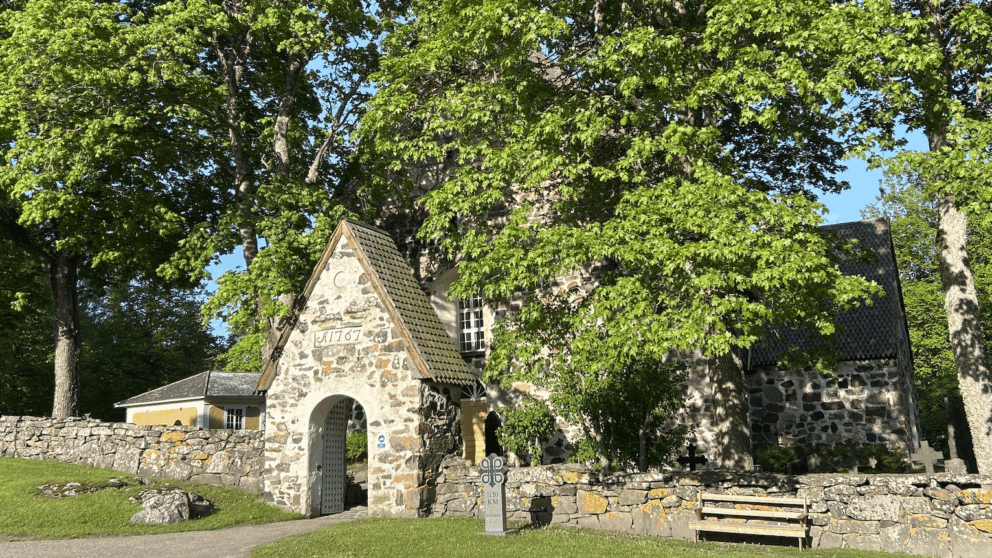
On the Move: Secular and Sacred Tourism
Text: Heikki Uimonen My field notes from the first listening walks on 3 June on the south side of Nauvo main street read as follows: “A lawnmower, a garbage truck and a concrete truck – clearly morning commuter traffic, just after 7 am. Jackdaws and pigeons. As the walk continues, the traffic noise diminishes considerably. […]
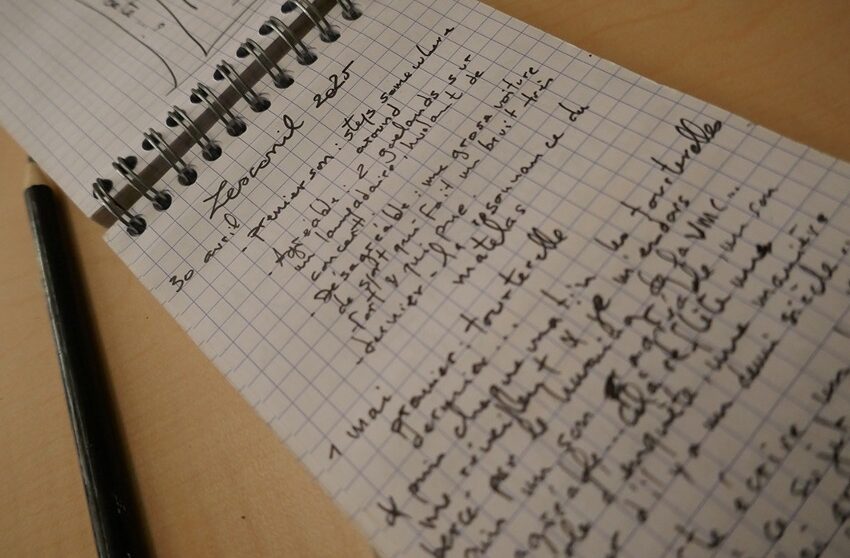
Why I stopped my sound diary on the 3rd day
Text, picture & sound: juL McOISANS The sound diary is one of the protocols we use in this village survey with local school children. Like any good student, I started mine on the first day of arriving in Lesconil, noting the first and last sounds I heard during the day, as well as the most […]

Mind the step (by step)
Text & picture: juL McOISANS The rocks of Goudoul are my favorit place in Lesconil. Not necessarily for sonic reasons. 25 years ago I came here to record this famous stereo-speleophonie, when the tide is rising and waves, getting short and shorter, are insinuating through the most little interstices of each rock, suggesting me, with […]
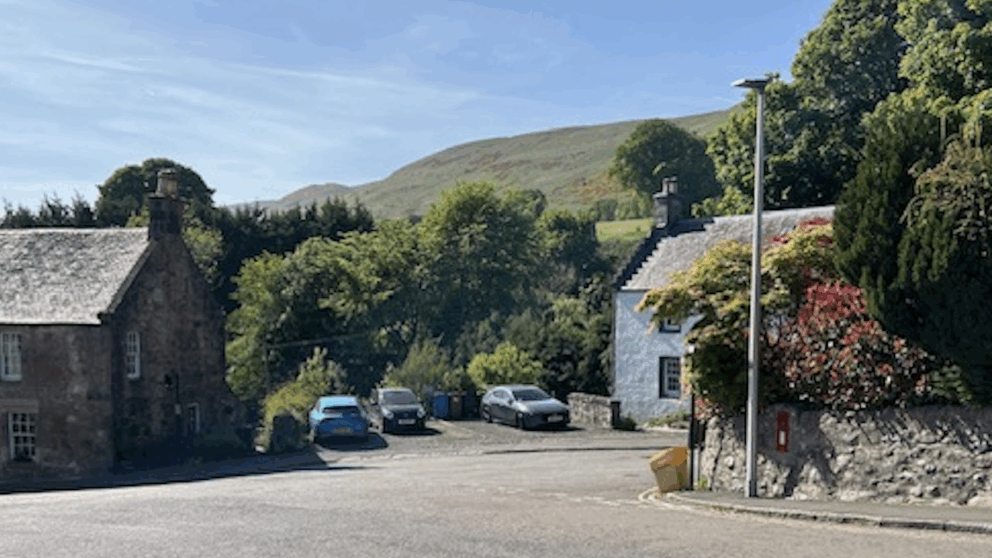
Another Listening Walk After Quarter of a Century
Text: Heikki Uimonen Listening walk is sensory evaluation of the environment. It can be carried out in several different ways. I have tried to combine both quantitative and qualitative approaches: categorising sounds heard and at the same time jotting any potentially interesting sound events constructing the environment. While conducting ethnographic observations, it is advisable to document […]
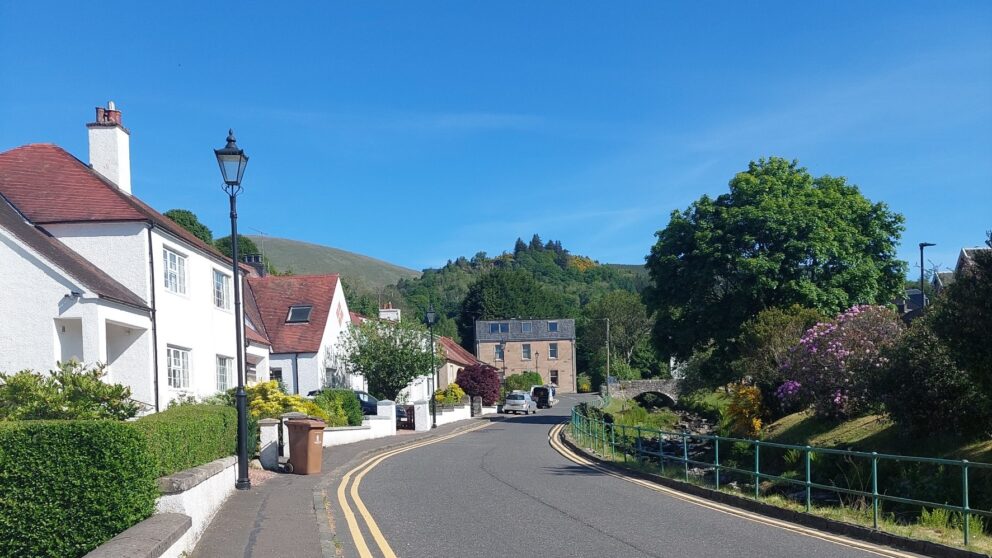
Chasing sounds in Dollar (on an empty stomach)
Text & pictures: Kaj Ahlsved We have now arrived in Dollar, and our ears are slowly but surely starting to get tuned in to Dollar’s sonic environment. When meeting people, we usually point out that its they – the locals – who are the real experts on their sonic environment. We, the researchers, don’t have […]

Acoustic and Imagined Communities
Text: Heikki Uimonen On Saturday 3rd May at 04:00, we started the traffic count and 24-hour recording with our colleagues from Cresson. We were determined to categorise all the vehicles and people in the centre of Lesconil: cars, boats, bicycles, pedestrians, etc., in order to detect any changes in traffic flow compared to the studies […]
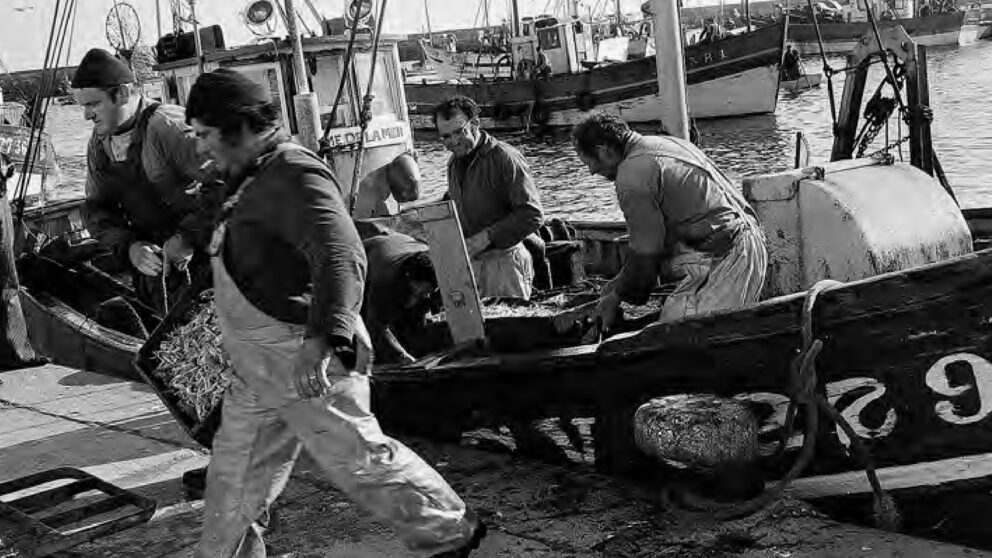
A Foreign Language in the Ear—Reflections on listening, language, and soundscape research en route to Lesconil
Train to Quimper, Brittany. On the journey from Paris toward Quimper, I listen to archival recordings from the fishing village of Lesconil, made in 1975 and 2000 as part of the Five Village Soundscapes (FVS) and Acoustic Environments in Change (AEiC) research projects. These sounds come from the very fieldwork site we are now headed to with the SOMECO project. Two of the recordings document a fish auction. I know this because the information is provided in the descriptions of the recordings (Schafer 1977/2009, 401; Järviluoma et al. 2009, 414). I don’t understand a single word of the language spoken.
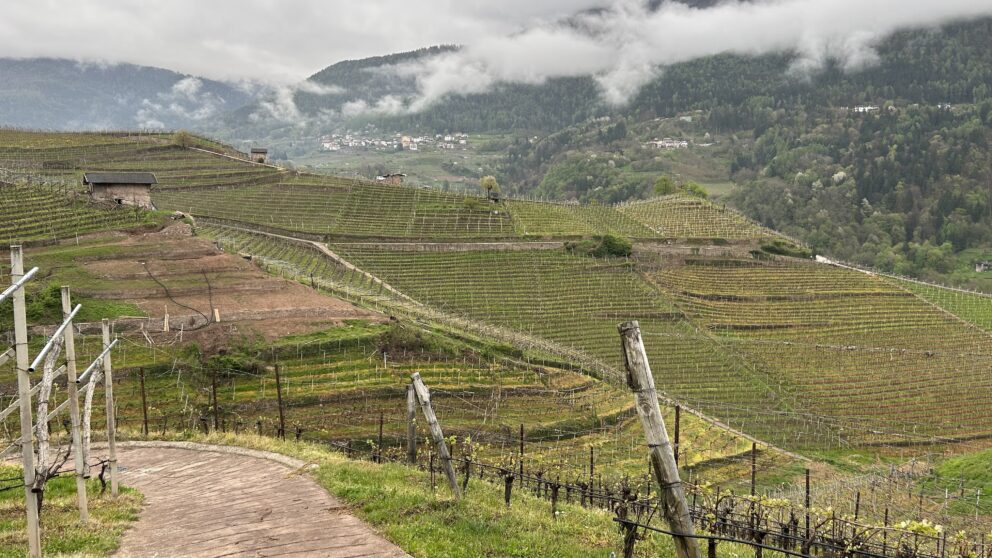
Songs out of season: Climate change and the changing rhythms of wine production
Text & photo: Kaj Ahlsved The first thing that struck me when we drove up by bus from Trento to Cembra was that the slopes were filled with structures for cultivating various types of grapes for wine production. For winegrowers, climate change is a reality and brings new challenges — for example, drought, heat, heavy […]